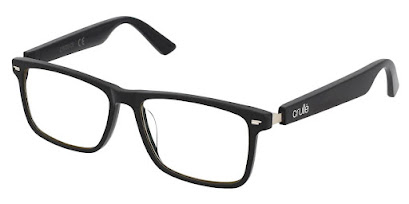Setup and approach for product originality
The ultimate question is — does our project have what it takes to be successful? I will answer with an additional question that will lead us to the right answer by following certain steps of the process — does our project have drivers for specific goals that will be interpreted with the proposed solution and lead to certain benefits?
Looking from the perspective of fictitious online tourism service:
So, what does it mean to be original? That implies making something completely new — do something that has never been done before. We can always challenge ourselves in a way to build something upon others’ ideas, but not to copy from them. Almost everything today is built upon something that already exists.
“Good artists borrow, great artists steal.” — Pablo Picasso
Due to the open worldwide communication, the fact that almost all information is available and each of us has an enormous amount of ideas, can we make something completely new? Well, we can put ourselves in a position, I’m sure we’ve all been there at least once — we came up with a great idea and started writing things on paper. Then we found out that there is something on the market that is similar to our idea. I know, it can be disappointing, and that’s completely fine. We do not abandon the idea, we give it another chance. Here’s what we should do:
- Research that competitive idea, maybe they are missing something crucial, maybe they are targeting a different market and audience.
- If we found one competition, maybe there are more. Investigate, do more research.
- Use all of them as a validation of our idea, make them useful — think, someone else invested time to research; someone else created a market and we might grab a share. All of this is reusable in our favor.
But remember, if we are using “borrowing”, we shouldn’t just make a weak imitation which will always remind people of the original, but instead we make some significant changes with our ideas. We should use our perspective — it is unique, and there is always space for improvement, we just have to find that space.
It’s not that important to be the first, the point is to make something best. Remember the story about Apple and their phone from the innovation chapter?
From the perspective of the tourism domain for example, here are some ideas we could implement within our project:
- Collaborate with influencers, but not just to post and share about our product, we use them as part of the research process. Let them investigate for us — with their audience they can validate parts of our idea for which we might be having second thoughts; we can use them to research our product — our competition.
- In tourism, it’s all about the experience, and experience is based on a story. We build a story around our product and start with a problem so that the target audience can identify more easily — “Most people don’t know what they want unless they see it in context” [1]. Also, we should keep in mind that so-called user stories can help us during the modeling phase to identify customer journey and to meet with their expectations.
[1] Ariely D., „Predictably Irrational — The Hidden Forces That Shape Our Decisions“, HarperCollins Publishers, 2008., ISBN: 978–0–06–135323–9




Comments
Post a Comment
Respect...